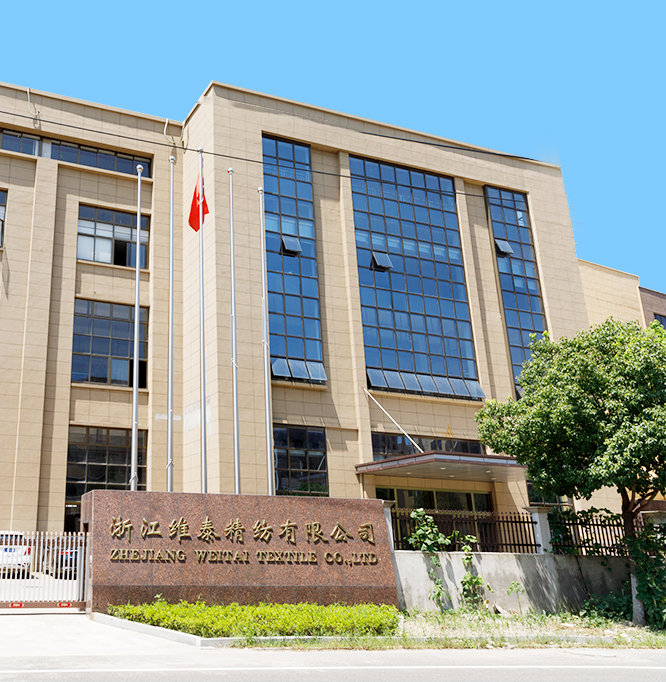Curtain and wall fabrics are specifically designed for use in home decor, and are typically made from a variety of materials, including natural fibers like cotton and linen, and synthetic fibers like polyester and nylon. Here are some common types of curtain and wall fabrics:
Cotton: Cotton is a soft, lightweight fabric that is easy to care for and comes in a variety of colors and patterns. It is a popular choice for curtains and can be used in a variety of decorating styles.
Linen: Linen is a natural fiber that is highly durable and has a distinct texture. It is often used for curtains and can give a room a casual, relaxed feel.
Polyester: Polyester is a synthetic fabric that is durable and easy to care for. It is often used for curtains and is available in a wide range of colors and patterns.
Velvet: Velvet is a luxurious fabric that is soft and plush to the touch. It is often used for curtains and can add a touch of glamour to a room.
Silk: Silk is a natural fiber that is soft and luxurious. It is often used for curtains and can add elegance and sophistication to a room.
Jacquard: Jacquard is a type of fabric that is woven on a special loom, creating intricate patterns and designs. It is often used for curtains and can add texture and visual interest to a room.
Sheer: Sheer fabrics are lightweight and translucent, allowing light to filter through while still providing privacy. They are often used for curtains and can create a soft, airy feel in a room.
When choosing a fabric for curtains or wall coverings, it is important to consider factors such as the style of the room, the amount of natural light in the space, and the durability of the fabric. With so many options available, it is easy to find a fabric that will meet your specific needs and enhance the look of your home.
The characteristics of curtains and wall fabrics can vary depending on the type of fabric, the weave, and the finishing techniques used. Here are some general characteristics of curtains and wall fabrics:
Appearance: Curtains and wall fabrics come in a wide range of colors, patterns, and textures, allowing them to complement a variety of decorating styles.
Durability: Curtains and wall fabrics need to be durable to withstand regular wear and tear, including exposure to sunlight and moisture.
Light control: Curtains can be made from fabrics that provide varying levels of light control, from sheer fabrics that allow light to filter through to opaque fabrics that block out light.
Sound insulation: Certain fabrics used for curtains and wall coverings can help reduce noise levels in a room, making them ideal for use in bedrooms or home offices.
Energy efficiency: Some curtains and wall fabrics can help reduce energy costs by insulating against heat loss in the winter and heat gain in the summer.
Maintenance: Depending on the type of fabric, curtains and wall coverings may require special care, such as dry cleaning or spot cleaning.
Versatility: Curtains and wall fabrics can be used in a variety of ways to enhance the look and feel of a room, such as creating a focal point, adding color and texture, or providing privacy.












